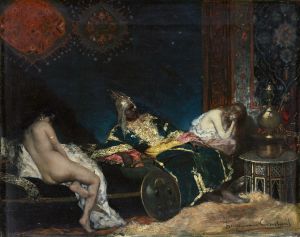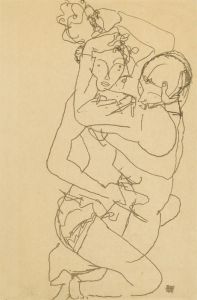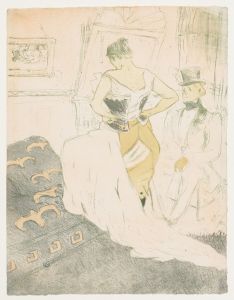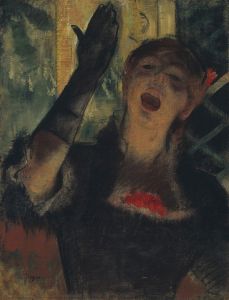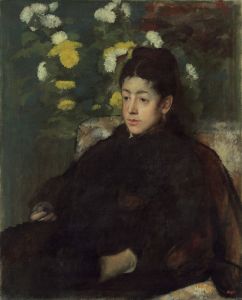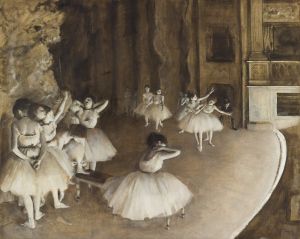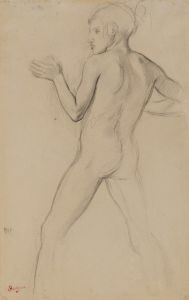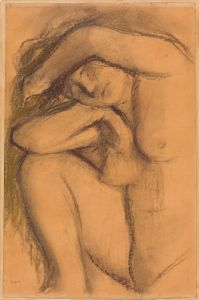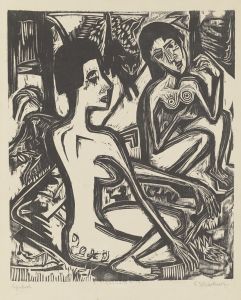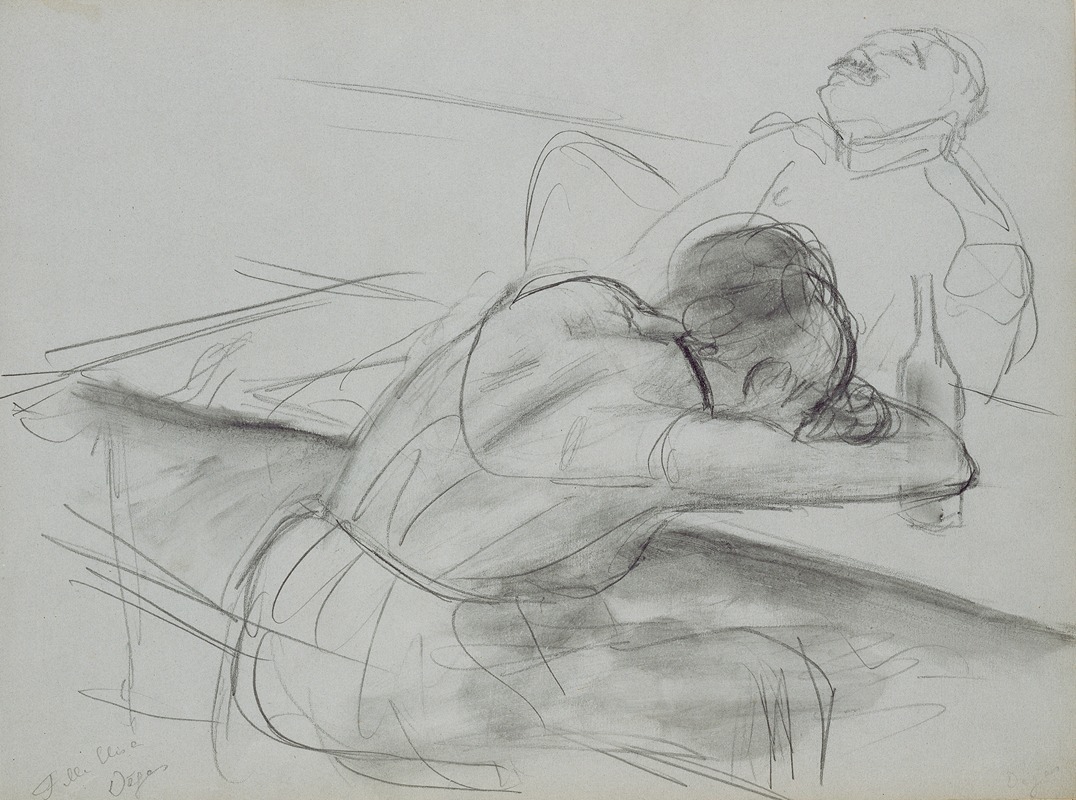
Brothel Scene
A hand-painted replica of Edgar Degas’s masterpiece Brothel Scene, meticulously crafted by professional artists to capture the true essence of the original. Each piece is created with museum-quality canvas and rare mineral pigments, carefully painted by experienced artists with delicate brushstrokes and rich, layered colors to perfectly recreate the texture of the original artwork. Unlike machine-printed reproductions, this hand-painted version brings the painting to life, infused with the artist’s emotions and skill in every stroke. Whether for personal collection or home decoration, it instantly elevates the artistic atmosphere of any space.
Edgar Degas, a prominent French artist known for his contributions to Impressionism, created a painting often referred to as "Brothel Scene." However, it is important to note that this work is not widely recognized under a specific title and is sometimes ambiguously referenced in art historical contexts. Degas, renowned for his depictions of ballet dancers and everyday Parisian life, occasionally explored more provocative themes, including scenes set in brothels, which were part of his broader interest in capturing the complexities of modern life.
Degas's exploration of brothel scenes can be understood within the context of 19th-century Paris, a time when the city was undergoing significant social and cultural changes. The presence of brothels was a known aspect of Parisian life, and artists of the time, including Degas, sometimes depicted these environments to reflect on the human condition and societal norms. Degas's approach to such subjects was often characterized by a sense of detachment and observation, focusing on the interactions and emotions of the individuals within these settings.
In his brothel-themed works, Degas employed his characteristic style, marked by an emphasis on composition, movement, and the use of light and shadow to convey mood and atmosphere. His technique often involved drawing and pastels, mediums that allowed him to capture the immediacy and intimacy of the scenes. Degas's works in this genre are noted for their candidness and the way they challenge the viewer to confront the realities of the depicted environment.
Degas's interest in such themes can also be linked to his broader artistic goals. He sought to depict the unvarnished truth of human experiences, whether in the elegant world of ballet or the more sordid settings of a brothel. This approach aligns with the Impressionist movement's focus on modernity and the exploration of contemporary life, albeit Degas himself often distanced his work from the more typical Impressionist techniques of plein air painting and vibrant color palettes.
While specific details about "Brothel Scene" are limited, it is clear that Degas's work in this area reflects his ongoing fascination with the human figure and the complexities of social interactions. His ability to capture the nuances of body language and expression allows viewers to engage with the subjects on a deeper emotional level, prompting reflection on the societal issues of his time.
Overall, Edgar Degas's exploration of brothel scenes, though not as extensively documented or celebrated as his ballet works, remains an integral part of his oeuvre. It highlights his commitment to portraying the multifaceted nature of human life and his skill in using art to provoke thought and discussion about the world around him.





